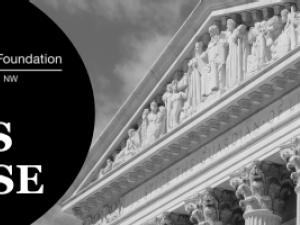Stampede in India’s Financial Center Leaves at Least 22 Dead
By: | Sep 29 2017 at 05:01 AM | Intermodal
A stampede at a railway station in the heart of India’s financial capital, Mumbai, has left at least 22 people dead and 35 injured.
Eyewitnesses said a crowd of several hundred commuters gathered on a narrow footbridge to seek cover from the rain during the morning rush hour. The city’s suburban railway carries 8 million people, equivalent to Switzerland’s population, daily.
India’s new Railways Minister Piyush Goyal, who on Thursday said passenger safety was his biggest priority, ordered a probe into the stampede. Prime Minister Narendra Modi tweeted to offer his “deepest condolences” to those who lost their lives and “prayers with those who are injured”.
The crowded Elphinstone station connects office-goers to Lower Parel, which houses financial firms and large corporates. Television footage showed injured lying on the station’s platform and police and railway personnel collecting shoes from the site of the stampede.
Mumbai, a city of more than 18 million people, is home to companies such as Reliance Industries Ltd. and the Tata Group, India’s two main stock markets and the country’s film industry. It also houses one of India’s biggest slums and a crumbling railway infrastructure that runs 2,813 trains everyday on a network stretching across 319 kms. The economy of the western state of Maharashtra, of which Mumbai is capital city, is India’s largest and ranks the highest in revenue collections and share of foreign direct investment.
Commuters at Elphinstone station, recently renamed Prabhadevi, have soared in the last decade after banks and companies moved offices from the congested and expensive Nariman Point area in south Mumbai to the city’s center. Around 410 people have died this year alone after falling off Mumbai’s crowded trains, the Mumbai Mirror reported.
Stampedes on rail platforms and religious gatherings aren’t uncommon in the country with a population of more than 1.3 billion. A crowd surge at a railway station in northern India killed at least 37 people in 2013 as Hindu devotees drawn by one of the holiest days of the world’s largest religious gathering rushed to board trains.









